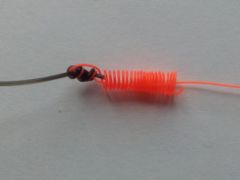Posts Tagged ‘flyfishing’
{{start}}
{{end}}
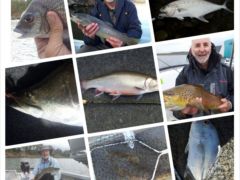
{{+1}}Trout – preparing for an extended trip{{-1}}
{{start}}
My travel/ backup fly fishing kit that will act as: A travel fishing kit that can stowed in my van or car to cover those situations when on the road we decide to have an un-programmed stop and a fishing opportunity presents itself. A backup when fishing from either of my boats or from other boats in fishing competitions{{end}}
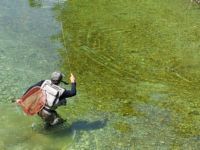
{{+1}}River fly fishing set ups for competitions – the “best of the best”{{-1}}
{{start}}
As I continue through my fly fishing journey it's not surprising that as my skill level has evolved and I have experimented with different river fly fishing set ups and systems that the techniques that I regard as the "best of the best" have changed.{{end}}
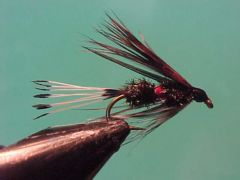
{{+1}}Royal coachman wet – Chatto’s version{{-1}}
{{start}}
One of the first wet flies tied was the coachman and that consisted of just a black body and a a set of white hackle slip wings. Over time flies have evolved and one path the coachman took was the substitution of a "royal" body for the simple black body. Many versions have been tied since and this one works for me.{{end}}

{{+1}}Cormorant – BH competition version{{-1}}
{{start}}
The cormorant fly is a popular loch fly and particularly in rainbow trout waters. The original tie has a peacock herl body with silver rib whereas this competition version has been jazzed up a bit by substituting clear holographic tinsel for the herl body.{{end}}

{{+1}}Tea tree beetle – variant 2{{-1}}
{{start}}
Both floating and wet beetles (including drowned terrestrials beetles and aquatic beetles) should be fished in the current with as little line drag as possible or with a very short twitching action. A nondescript well tied beetle pattern if presented in the right way when fish have beetles on their menu, more often than not, will be accepted by fish.{{end}}

{{+1}}Tea tree beetle – variant 1{{-1}}
{{start}}
One species that is a popular food source for trout is the tea tree beetle. This representation is tied in shades of black and brown colours that have stood the test of time. Many of the recipes you see use brown raffia as the wing case. I don't like raffia as a fly tying material and have substituted a hackle from the back of the ring neck pheasant. Its a similar colour to many of the recipes that have come before mine but its much more durable than the raffia.{{end}}

{{+1}}Dunkeld – Chatto’s fuzzeled variant{{-1}}
{{start}}
The Dunkeld is certainly one of my top 5 middle dropper flies for lock style fly fishing. Until 18 months ago I was using a version of the Dunkeld that had a hackle Palmered along the body as in the original. At that time I was experimenting with "fuzzeled" bodies an an alternative to bodies with a Palmered hackle and applied that technique to this fly with immediate success.{{end}}
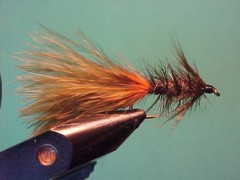
{{+1}}Skirted woolly bugger – Chatto’s original{{-1}}
{{start}}
Whilst not tied to imitate any natural food source it's a very buggy looking fly with heaps of trigger points including the marabou tail, the soft body and front hackles as well a the skit itself. In particular I like to incorporate blood red or orange skirts which are suggestive in the case of a red skirt as bleeding from around the base of the tail or the claws depending on what the fly is taken as or in the case of an orange skirt as a fish roe.{{end}}

{{+1}}Rivers – French leader / longer leader set up{{-1}}
{{start}}
"French leader" or often called "French Roll Casting" came to my attention in 2009 through the competition sports fly fishing scene. At that stage I was president of Fly Fish Australia and also had the honour on being on one of its international representative teams. This technique was all the buzz and to those that had the opportunity to embrace it the technique was fantastic in the right water.{{end}}














